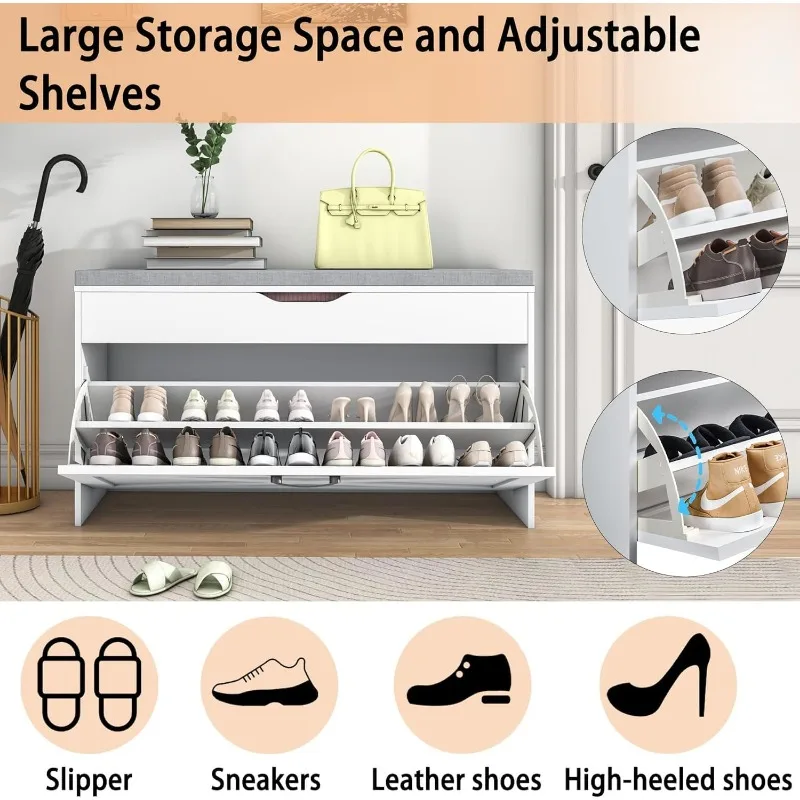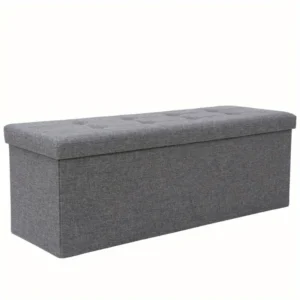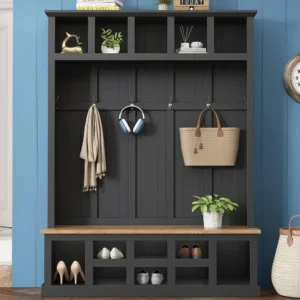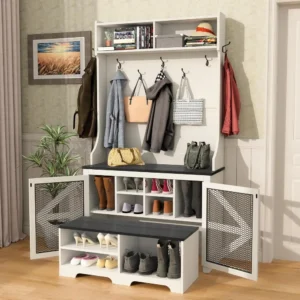Understanding the Entryway Challenge: Why This Space Gets So Chaotic
Your entryway serves as the critical transition zone between the outside world and your home sanctuary. This high-traffic area naturally becomes a collection point for everything coming and going from your household each day. Without proper systems in place, chaos quickly takes over.
The typical entryway faces an onslaught of daily items:
– Shoes that pile up with each family member
– Coats and jackets that get draped over whatever’s available
– Bags, backpacks, and purses that land wherever there’s space
– Mail and packages that accumulate without processing
– Keys, phones, and sunglasses that get misplaced regularly
This disorganization creates real problems beyond just looking messy. The average person spends nearly 15 minutes daily searching for misplaced items—that’s over 90 hours annually! Walking into a cluttered space after a long day also triggers stress responses, while chaotic morning departures set a frazzled tone for your entire day.
The good news is that with thoughtful space-saving entryway benches, even the busiest entryways can become organized, functional spaces that simplify your daily transitions rather than complicate them.
Phase 1: The Complete Entryway Decluttering Process
Before bringing in new storage solutions, you need to start with a clean slate. Set aside a dedicated block of time—ideally 2-3 hours—when you won’t be interrupted. Gather three large bins or boxes labeled “Relocate,” “Donate/Sell,” and “Trash,” plus a basket for items that will return to the entryway.
Start by completely clearing the space:
1. Remove everything from the entryway—shoes, coats, decor, furniture, everything.
2. Clean the empty space thoroughly (floors, walls, baseboards).
3. Assess each item before it returns using these questions:
– Do we use this item at least weekly?
– Is this item currently in season?
– Does this item truly need to live in the entryway?
For shoes, most experts recommend keeping only 1-2 pairs per person in the entryway—typically your most frequently worn shoes for the current season. Everything else should be stored elsewhere. The same principle applies to coats and jackets.
Create an immediate processing system for mail and papers. Sort incoming mail daily directly over a recycling bin, keeping only what requires action. For those essential items, designate a specific spot that prevents paper spread.
Implement the “one in, one out” rule moving forward—when a new coat comes into the rotation, an old one gets stored elsewhere or donated. This simple discipline prevents gradual accumulation after your initial organization effort.
The satisfaction of seeing your cleared entryway provides motivation for the next phases. Starting with this blank canvas makes it easier to visualize how to organize a small entryway with bench solutions that maximize your specific space.
Phase 2: Strategic Entryway Zoning – Blueprint for Daily Efficiency
Now that you’ve cleared your space, it’s time to think strategically about how you’ll use it. Start by measuring your entryway dimensions and noting any architectural features like doors, windows, or built-ins that impact your planning.
Next, list the essential items your household needs daily access to when entering or exiting home. This typically includes shoes, outerwear, bags, keys, and potentially pet supplies or children’s items.
The core principle of entryway organization is establishing distinct functional zones:
Primary Path Zone
– Always keep this area completely clear
– Minimum 36 inches wide for comfortable passage
– First priority in space allocation
Shoe Zone
– Located near the door but not in walking path
– Contains only current-season, frequently worn shoes
– Includes solution for wet/muddy footwear
Outerwear Station
– Accessible hanging storage for daily coats and jackets
– Positioned at appropriate heights for all family members
– Separated from “special occasion” outerwear
Command Center
– Small but dedicated area for keys, wallets, phones
– Located at convenient height for adults
– Includes charging solution if possible
Seasonal Accessories Area
– Adjustable storage that changes with seasons
– Currently needed items (umbrellas, sun hats, etc.) within easy reach
– Off-season items stored elsewhere
For families, consider assigning personal zones for each member, color-coded or labeled for easy identification. This creates accountability and helps children learn organizational habits.
Implementing creative space-saving entryway ideas allows even modest homes to establish these essential zones without crowding the space or compromising functionality.
Phase 3: Essential Storage Solutions for Every Entryway Challenge
With your zones defined, it’s time to implement specific storage solutions that maximize functionality while minimizing visual clutter.
Wall-Mounted Storage Maximizers
Vertical wall space is often underutilized yet offers tremendous storage potential:
Hook Systems: Install sturdy hooks at appropriate heights (lower for children). Choose decorative options for permanent installations or removable hooks for rentals. Consider multi-hook rails for maximum efficiency.
Floating Shelves: Position these above hooks to create additional storage without consuming floor space. Ideal for seasonal items or decorative elements that personalize your entry.
Wall Organizers: Dedicated mail sorters, key hooks, and small-item catchalls prevent countertop clutter and ensure essentials are always findable.
Storage Mirrors: Double-duty pieces that provide both functionality and the visual illusion of more space. Look for options with hidden storage compartments or shelving.
Multi-Functional Furniture Solutions
Strategic furniture pieces earn their place in your entryway by serving multiple purposes:
Storage Benches: The ultimate entryway multitaskers—providing seating for shoe changes while concealing items inside. Look for options 12-18 inches deep to maximize space efficiency.
Slim Console Tables: Ideal for narrow entryways (as little as 8 inches deep). Choose options with drawers or lower shelves for additional organization.
Shoe Storage Solutions: Dedicated cabinets, tilted racks, or cubbies keep footwear organized and accessible. Boot trays protect flooring from wet or muddy items.
Hall Trees: All-in-one solutions combining hanging storage, shelving, seating, and sometimes cabinets or drawers. Perfect for entryways with enough square footage to accommodate them.
Containment Systems for Small Items
Small items create the most visual clutter but respond well to these solutions:
Baskets and Bins: Choose sizes appropriate to contents and label clearly. Consistent styles create visual cohesion even when contents vary.
Decorative Trays: Corral small daily essentials like keys, sunglasses, and phones in attractive trays that elevate these items from “clutter” to “curated.”
Family-Specific Containers: Assign each household member their own container for small personal items, preventing confusion and misplaced belongings.
Nested Goods specializes in hall trees and coat rack benches that combine these storage principles into elegant solutions specifically designed for busy entryways.
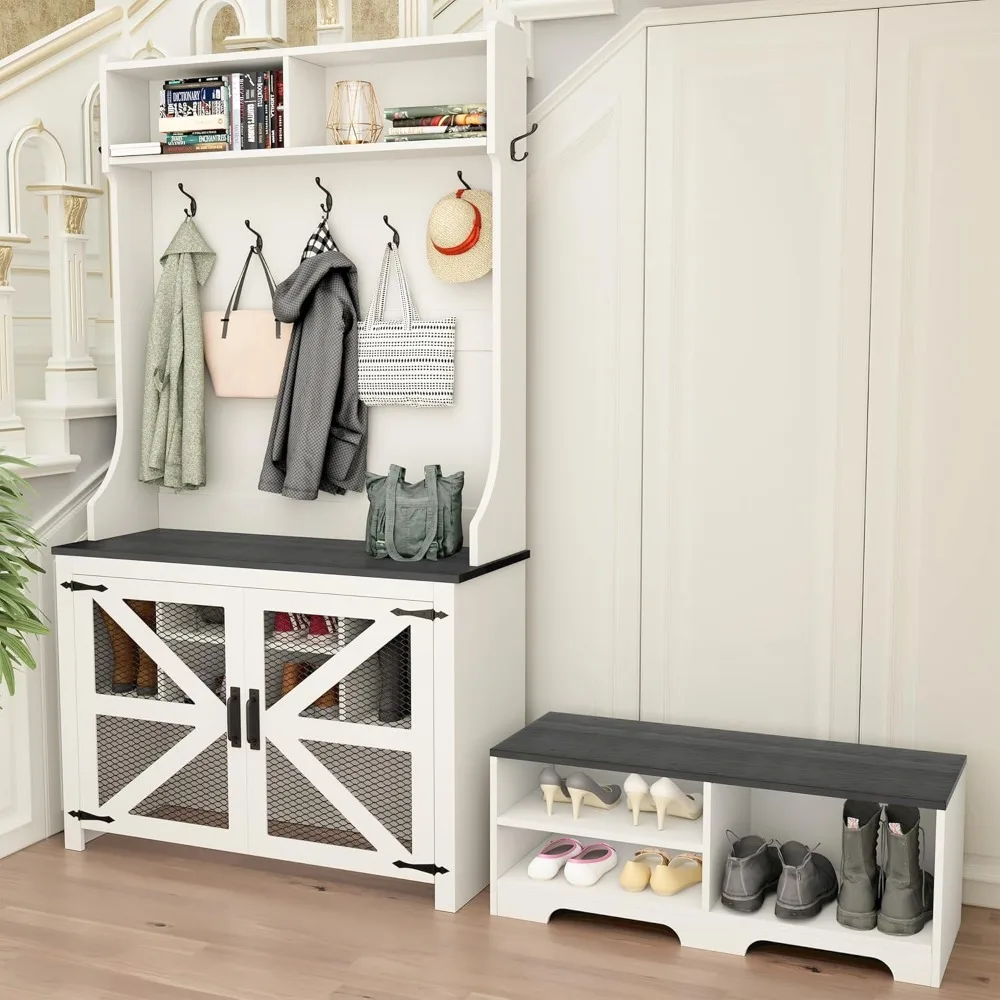
Maximizing Small or Awkward Entryway Spaces
Limited square footage doesn’t mean sacrificing organization—it simply requires more strategic thinking.
For truly tight spaces, prioritize vertical storage over horizontal. Wall-mounted solutions like floating shelves, hook systems, and slender cabinets make use of height rather than width. When selecting furniture, look for pieces specifically designed for narrow spaces—some narrow entryway benches are as slim as 10-12 inches deep while still providing valuable storage.
Don’t overlook these often-unused spaces:
– Behind doors (over-door organizers)
– Narrow wall sections between doorways
– Corners (with specialized corner shelving)
– Ceiling space (hanging storage for seasonal items)
Visual space-enhancing tricks can make small entryways feel larger:
– Mirrors to reflect light and create depth
– Light, neutral colors for walls and large furniture pieces
– Clear or see-through storage components
– Consistent, streamlined design elements
For unusual layouts, consider custom-built or modular solutions that can be configured to your specific space challenges. Remember that in small spaces, quality matters more than quantity—invest in fewer, better storage pieces rather than cluttering with multiple cheaper options.
Tailored Organization Strategies for Common Entryway Items
Footwear Management
Shoes consistently rank as the top entryway clutter culprit. Implement a seasonal rotation system, storing off-season footwear elsewhere. Establish a firm household rule limiting entryway shoes to 1-2 pairs per person, with specific solutions for special challenges:
- Boot storage (tall compartments or specialized racks)
- Wet shoe containment (water-resistant trays with defined boundaries)
- Sports footwear (ventilated storage that allows drying)
A quality shoe storage bench for the entryway combines seating with concealed shoe storage—solving two problems with one piece.
Outerwear Organization
For coats and jackets, the hook vs. closet decision depends on your available space. Hooks work better for daily-use items, while closets can hide occasional coats and seasonal items. Install hooks at appropriate heights for all family members, including lower options for children that encourage independence.
Bag and Backpack Systems
Designate specific locations for each family member’s bags, ideally with individual hooks or cubbies. Establish an evening routine of emptying and restocking bags, preventing morning scrambles for homework, gym clothes, or work items.
Key Management Solutions
Keys need one consistent home—period. Whether a decorative wall-mounted key station, a magnetic strip, or a designated bowl, train yourself to place keys there immediately upon entering. Smart keyfinders can be invaluable for family members who struggle with this habit.
Mail Processing Systems
Create a three-tier system:
1. Immediate recycling for junk mail (position a bin near where mail is opened)
2. Action station for bills and time-sensitive items
3. Filing system for important documents
Pet Supply Organization
Dedicate a specific entryway zone for leashes, waste bags, paw wipes, and other walking essentials. Wall-mounted leash hooks keep these items accessible but not underfoot, while small baskets can contain smaller supplies.
With appropriate shoe storage bench solutions and thoughtful systems for other common items, your entryway becomes a streamlined departure and arrival point rather than a cluttered catchall.
Creating an Inviting Atmosphere While Maintaining Organization
Organization doesn’t mean sacrificing style—in fact, a well-organized entryway becomes the perfect backdrop for creating a truly welcoming home entrance.
Strategic lighting transforms both functionality and mood. A combination of overhead lighting for general visibility and accent lighting (like a table lamp on a console) creates a layered, welcoming effect. Consider motion-activated options for convenience when entering with arms full.
Flooring selections matter tremendously in this high-traffic zone. Durable, easy-clean materials like tile, laminate, or specialized indoor-outdoor rugs stand up to dirt and moisture. Choose patterns or darker colors that hide inevitable dirt between cleanings.
Incorporate personal touches thoughtfully:
– A single striking piece of artwork above a storage bench
– A small vase with fresh or quality faux flowers on a console
– A signature scent via a subtle diffuser
– Family photos integrated into your organizational system
Color psychology suggests blues and greens create calm, organized feelings while warm neutrals feel welcoming. Whatever your palette, consistency helps create visual order even in a functional space.
The key is balancing utility with beauty—creating a welcoming entryway means making sure everything has both a place and a purpose, with organizational elements that complement your home’s overall aesthetic rather than detracting from it.
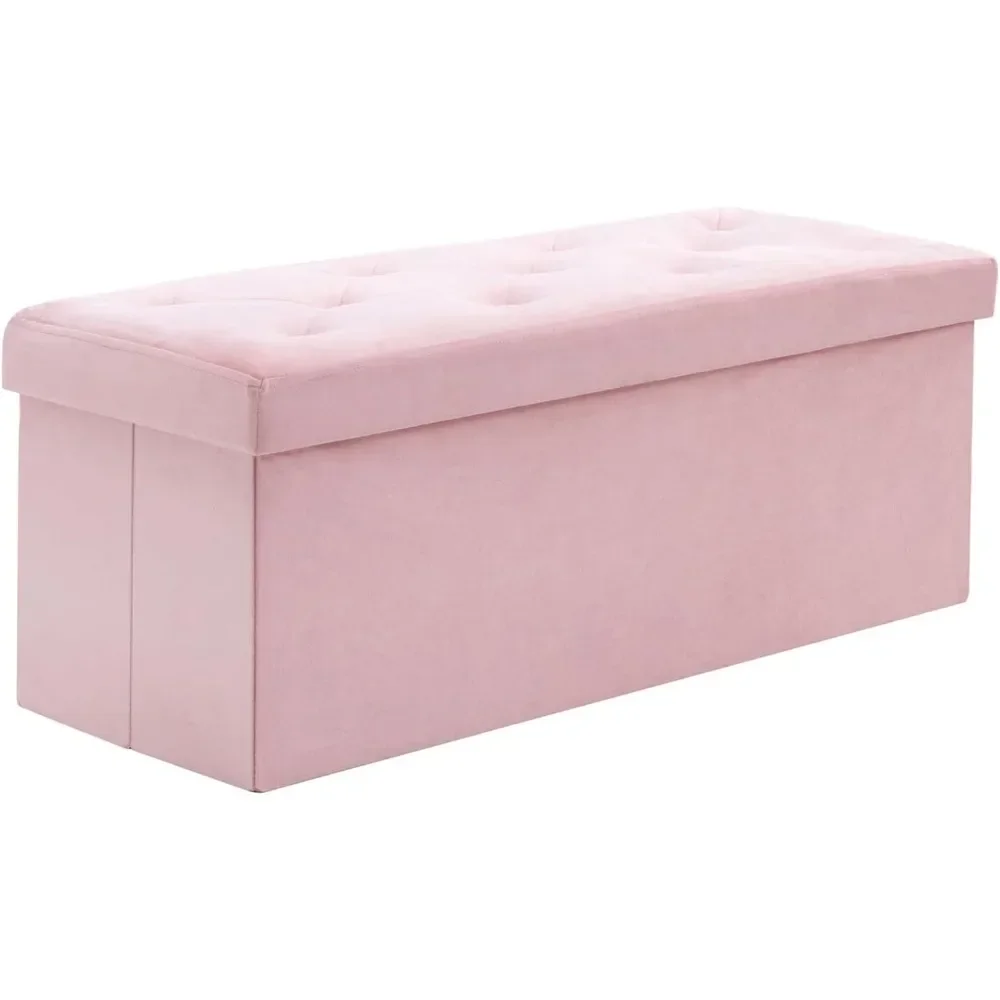
Long-Term Maintenance: Systems for Sustained Entryway Order
Creating an organized entryway is an achievement—maintaining it is a practice. Implement these routines to keep chaos at bay:
Daily Reset (5 minutes)
– Return items to designated homes
– Process mail immediately upon entry
– Hang up coats and bags
– Clear any items that don’t belong in entryway
– Quickly sweep or spot-clean as needed
Weekly Maintenance (15-20 minutes)
– Thoroughly clean all surfaces
– Check for items that need returning elsewhere
– Assess what’s working/not working in your system
– Adjust seasonal items as needed
Seasonal Overhauls (1-2 hours quarterly)
– Rotate seasonal clothing and accessories
– Deep clean storage components
– Reassess systems and make improvements
– Update any decor elements
For families, success depends on involvement from every household member:
– Assign age-appropriate responsibilities
– Create simple systems that even young children can follow
– Use clear labeling and visual cues
– Establish natural consequences for non-compliance
– Celebrate and recognize consistent organization efforts
When organization inevitably slips (and it will), avoid all-or-nothing thinking. A quick 5-minute reset can get things back on track before small slip-ups become overwhelming chaos.
Having the right infrastructure, like quality shoe storage benches and wall organization systems, makes maintenance significantly easier because items have logical, accessible homes.
How Does an Organized Entryway Transform Your Daily Life?
The impact of an organized entryway extends far beyond aesthetic improvement. Most families report saving 15-30 minutes each morning once proper entryway systems are established—that’s up to 3.5 hours weekly reclaimed from searching for keys, matching shoes, or hunting down backpacks.
Beyond time savings, the psychological benefits are substantial. Walking into an organized space triggers relaxation responses rather than stress hormones. This transition effect—from outside world to calm home environment—sets the tone for your entire at-home experience.
The organization ripple effect is also significant. When your entryway functions well, that organization tends to spread throughout your home. The entry serves as a daily reminder and reinforcement of orderly habits that can transform other spaces.
Perhaps most importantly, an organized entryway creates a welcoming first impression for both residents and guests. It communicates care, intention, and attention to detail that reflects positively on your entire household.
Your Practical First Steps: Where to Begin Your Entryway Transformation
Ready to transform your entryway but feeling overwhelmed? Start with this simple weekend plan:
Saturday Morning (2-3 hours)
1. Complete the full decluttering process described earlier
2. Clean the entire space thoroughly
3. Measure your space and identify prime zones
Saturday Afternoon (1-2 hours)
1. Assess what storage solutions you already own that could be repurposed
2. Make a prioritized list of items needed to organize your specific challenges
3. Research options that fit your space constraints and aesthetic preferences
Sunday (Flexible timing)
1. Implement your first organizational system (start with your biggest pain point)
2. Establish your daily reset routine
3. Calendar your weekly maintenance sessions
Begin with addressing your most frustrating entryway challenge first—whether that’s shoe chaos, coat overload, or constantly lost keys. Early success creates momentum for tackling the rest of the space.
Don’t feel pressured to solve everything at once. Quality entryway bench storage solutions and thoughtful systems can be implemented gradually as budget allows. The key is establishing clear homes for everything and maintaining consistent habits.
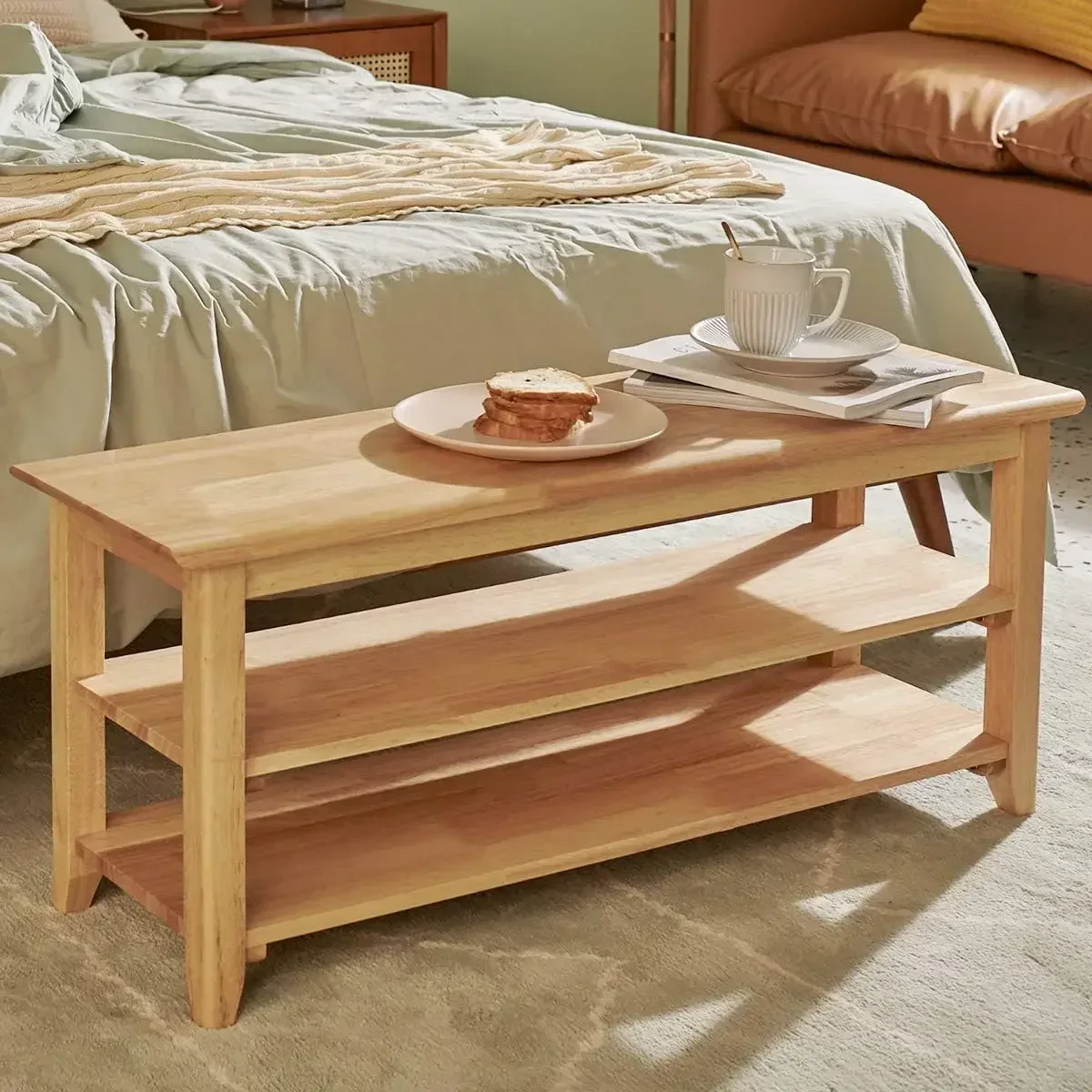
Coat Rack Shoe Bench, Corner Entryway Bench, Corner Hall Tree, Shoe Bench for Entryway
$313.58 Select options This product has multiple variants. The options may be chosen on the product pageShoe Storage Bench for Entryway
$459.02 Select options This product has multiple variants. The options may be chosen on the product pageEntryway Bench with Shelf Storage, Shoe Bench for Entryway, Shoe Storage Bench
$194.08 Select options This product has multiple variants. The options may be chosen on the product pageBench with Hooks and Storage, Entryway Hall Tree, Mudroom Bench with Cubbies, Mudroom Bench with Shoe Storage
$818.38 Select options This product has multiple variants. The options may be chosen on the product pageEntryway Coat Rack Bench, Entryway Hall Tree, Farmhouse Mudroom Bench, Mudroom Bench with Shoe Storage
$805.09 Select options This product has multiple variants. The options may be chosen on the product pageBench with Hooks and Storage, Entryway Coat Rack Bench, Entryway Hall Tree, Mudroom Bench with Shoe Storage, Mudroom Coat Rack Bench
$793.73 Select options This product has multiple variants. The options may be chosen on the product page
With the right combination of decluttering discipline, strategic zoning, appropriate storage solutions, and consistent maintenance, even the busiest entryways can become organized, functional spaces that enhance your daily life rather than complicate it. Your entryway sets the tone for your entire home experience—make it one of welcome, order, and calm.

